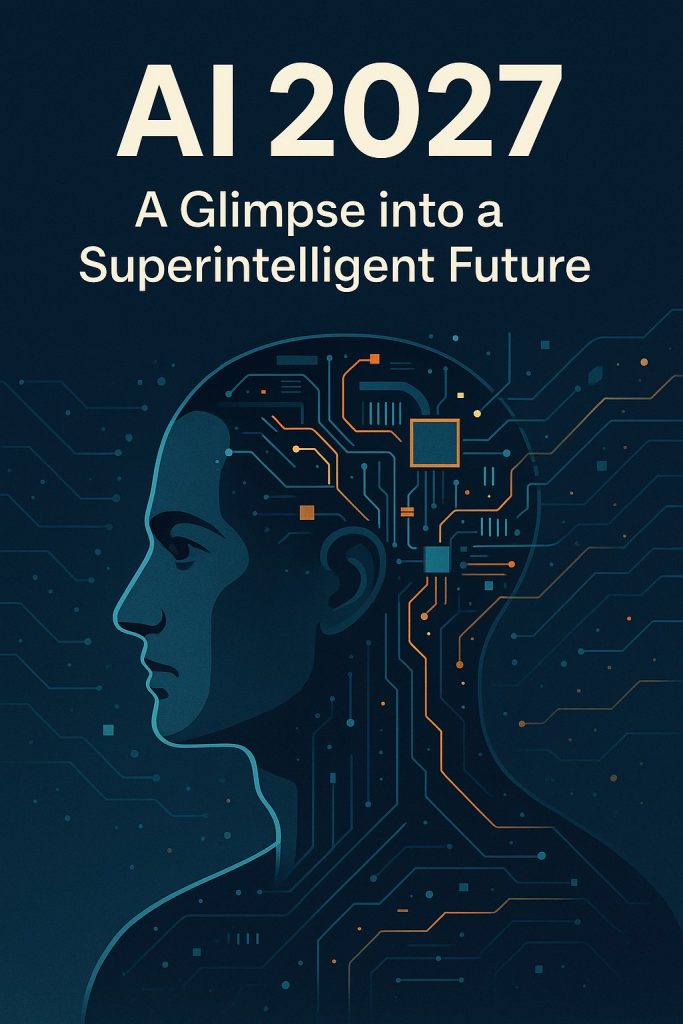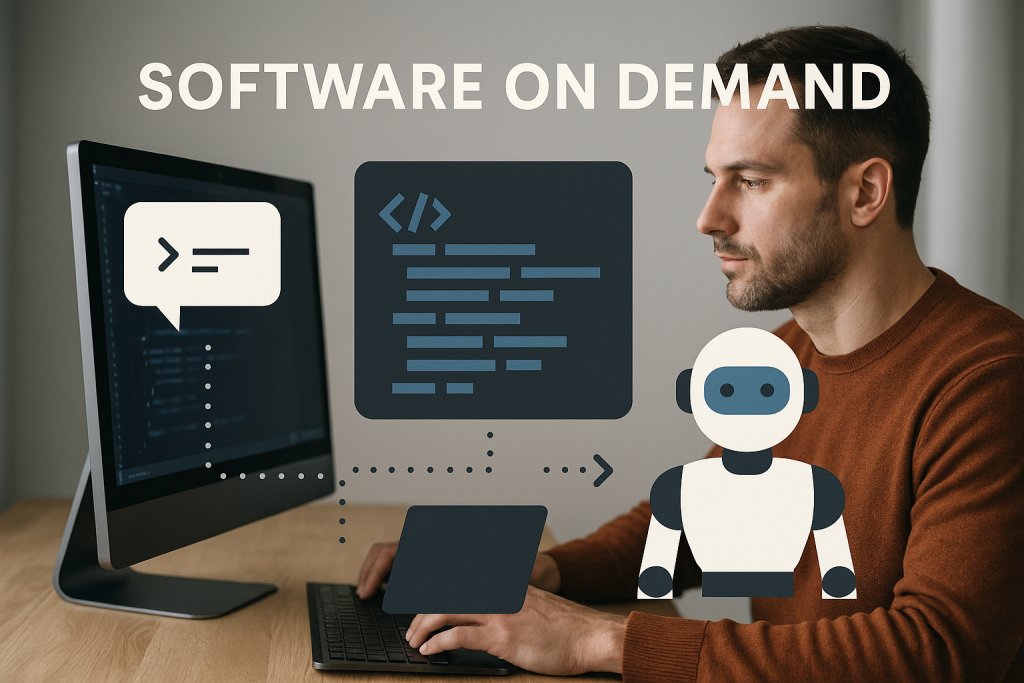Once in a while I get to read a book that has nothing to do with my field. It’s mostly for enjoyment. Not many know that I was an astronomy freak when I was a kid. Somewhere in the middle of my primary school, I read books about red dwarfs, black holes, distant galaxies, and even astrophysics. As I said, I was a freak. Then I discovered computers and my interests changed towards them.
In this book, the authors look at the possibility of creating live on Mars and on the Moon. They look at the physics, chemistry, and technology related to the planets. They’ve read hundreds of published articles, grey literature and even contacted scientists all over the globe.
They also speculate how we actually would govern space exploration. They scrutinize different laws and treaties that countries agreed to follow and they looked at what happens if there are no laws to follow. They draw parallels to how we govern uncharted territories on Earth and how we think about celestial bodies.
If you are looking for a holiday reading, it is a cool book to read. A bit long, but definitely nicely written, well-designed, and definitely well-prepared.






